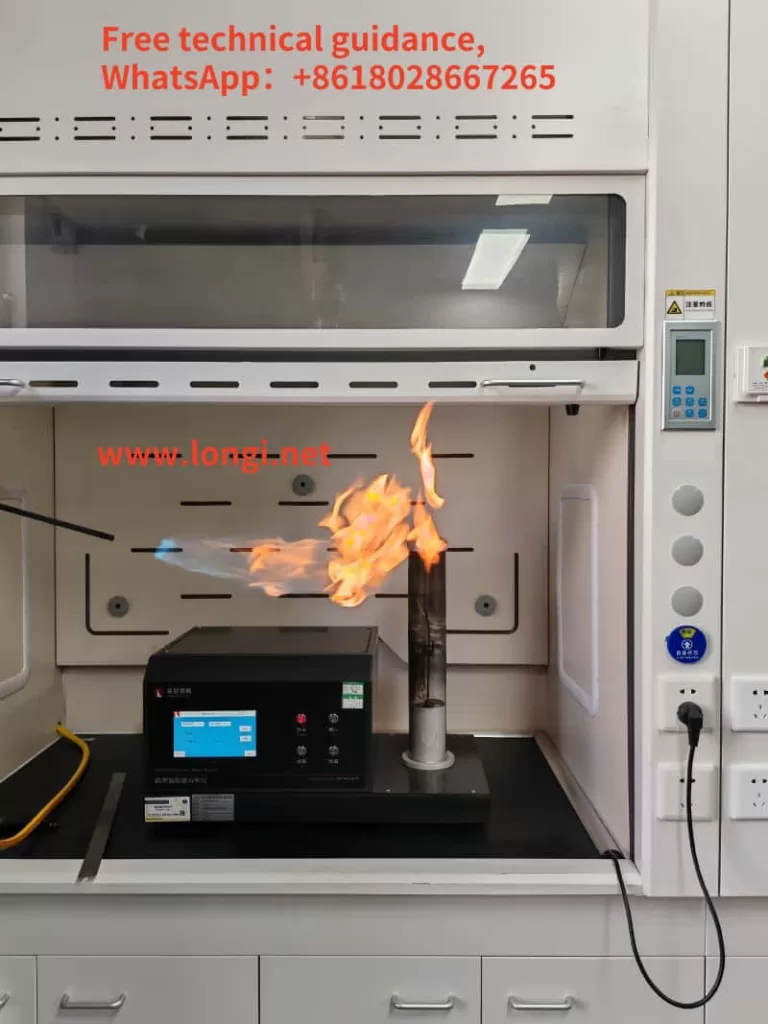Maintenance and Care for NETZSCH TG209 Thermogravimetric Analyzer: Ensuring Long-Term Stability and Measurement Accuracy

Maintaining and caring for the NETZSCH TG209 Thermogravimetric Analyzer is crucial to ensure its long-term stability and measurement accuracy. Here are some key steps and considerations for proper maintenance:
I. Daily Cleaning
- Cleaning Sample Pans: Keep sample pans clean before and after each measurement. Use air blowing or appropriate cleaning solutions to clean them, ensuring samples are not damaged.
- Cleaning Temperature Controller: Regularly clean the temperature controller with cleaning solutions or air blowing to ensure accurate temperature settings.
- Cleaning Computer: Clean the computer’s internal and external components, as well as input/output devices, at least once a year.

II. Component Inspection and Replacement
- Inspecting Accessories: Regularly inspect the analyzer’s accessories, such as heating elements, controllers, and temperature sensors, to ensure they are in good condition. Replace any aged or damaged components promptly.
- Replacing Filters: Based on usage, regularly replace oil absorption filters, filter elements, and gas filters to prevent contaminants from affecting measurement results.
- Checking and Replacing Sealing Rings: Regularly inspect the main unit and analyzer for any oil leaks. Replace sealing rings or gaskets if necessary.

III. Software and System Settings
- Software Updates: Keep the analyzer’s control software up to date to utilize the latest features and bug fixes.
- System Configuration: Ensure all system settings, such as temperature range and heating rate, are correctly configured to meet experimental requirements.
IV. Regular Maintenance
- Professional Maintenance: Request regular maintenance services from NETZSCH or authorized service centers, including deep cleaning, calibration, and performance checks.
- Long-Term Storage: If the analyzer will not be used for an extended period, follow the manufacturer’s recommendations for storage and maintenance to prevent component aging and damage.
V. Operational Considerations
- Sample Preparation: Ensure samples are uniform powders, and sample pans are dry to reduce measurement errors.
- Operational Procedures: Follow the NETZSCH TG209 Thermogravimetric Analyzer’s operating procedures and safety guidelines to ensure operator and equipment safety.
- Maintenance Logs: Establish a maintenance log to record the time, content, and replaced components of each maintenance activity, allowing for tracking of the equipment’s maintenance history and performance changes.
VI. Specific Maintenance Tasks
- Cleaning Support Rods: After prolonged use, support rods may accumulate residue from sample decomposition, affecting test accuracy. Regularly burn support rods in air or oxygen atmospheres at high temperatures to remove residue (typically once a week, depending on sampling frequency and instrument contamination).
- Furnace Maintenance: For models like the NETZSCH TG209F1 with ceramic furnaces, pay special attention to the furnace’s corrosion resistance and sealing. Regularly inspect the furnace for cracks or damage and repair promptly.
By considering these aspects of daily cleaning, component inspection and replacement, software and system settings, regular maintenance, operational considerations, and specific maintenance tasks, you can ensure the long-term stability and measurement accuracy of your NETZSCH TG209 Thermogravimetric Analyzer.
